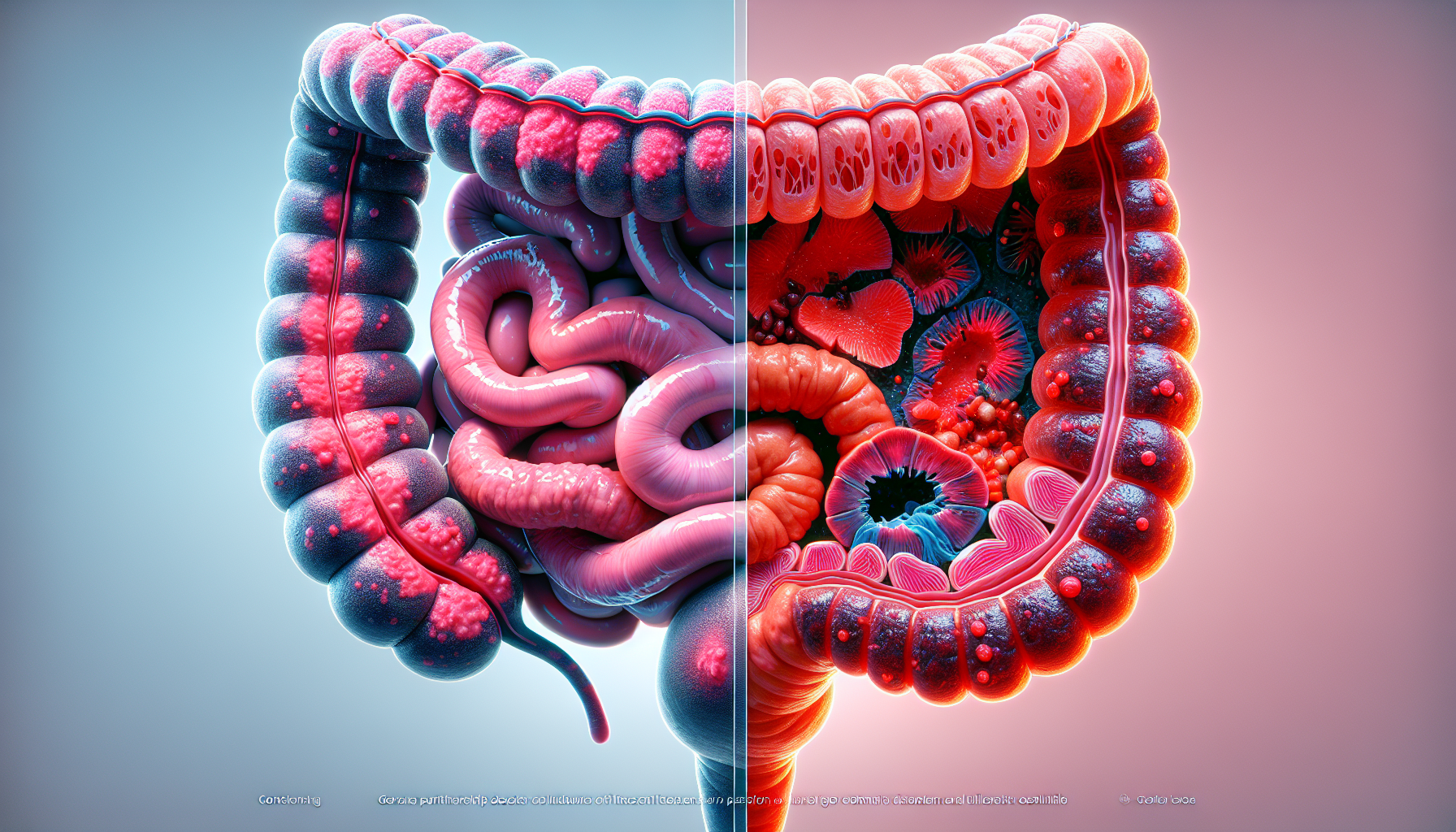Dramatic Rise in Colorectal Cancer Rates Among Youth: A Wake-Up Call
Key Takeaways
- Colorectal cancer rates among children and teens have risen sharply from 1999 to 2020.
- Current numbers do not justify widespread screening, yet public awareness is crucial.
- The highest CRC incidence rate in 2020 was among individuals aged 40 to 44 years.
Did You Know?
Introduction to Rising Colorectal Cancer (CRC) Incidence
Recent studies have shown a worrying trend in the incidence of colorectal cancer (CRC) among younger populations. From 1999 to 2020, the occurrence of CRC among children and adolescents has more than tripled, urging the medical community to dig deeper into this alarming rise.
While CRC has traditionally been associated with older adults, current research reveals a shift in this trend. This article delves into the specifics of this rising incidence, emphasizing its implications and the need for increased awareness.
Understanding the Statistics: CRC Surge Among the Young
According to the data derived from the CDC Wonder database, the rate of CRC has climbed dramatically. Children aged 10 to 14 years have seen a 500% increase, while adolescents aged 15 to 19 years experienced a 333% rise. Equally concerning is the 185% spike among young adults aged 20 to 24 years.
This surge is far from trivial. Although the actual number of cases remains low, the percentage increases indicate a trend that cannot be ignored.
Why the Numbers Matter
Despite the alarming trends, it’s important to highlight that these percentages translate to relatively low case counts. For example, in 2020, only 0.6 children out of 100,000 aged 10 to 14 were diagnosed with CRC. However, these numbers have grown from 0.1 per 100,000 in 1999, underscoring a significant rise over two decades.
In teenagers aged 15 to 19, the cases grew from 0.3 per 100,000 to 1.3 per 100,000. For young adults aged 20 to 24, incidences increased from 0.7 to 2 per 100,000.
Trends in Older Youth and Young Adults
Further analysis reveals a 68% increase in CRC among those aged 25 to 29 years. For individuals aged 30 to 34 years, the rate increased by 71%. The 35 to 39 age group saw a 58.1% rise in incidence.
Interestingly, those aged 40 to 44 experienced the lowest percent increase in CRC incidence at 45%. However, this age group recorded the highest incidence rate, reaching 20 per 100,000 individuals in 2020.
Considering Screening Protocols
Given the data, experts emphasize that the current numbers do not justify widespread screening protocols for children and adolescents. The incidence rates, although rising, are still relatively low to necessitate such measures.
Nevertheless, these findings highlight the need for targeted screening and heightened public awareness, especially among younger demographics where the most substantial increases were observed.
Implications for Public Health
Colorectal cancer is no longer considered an ailment confined to the elderly. The rising trend among younger populations demands attention. Public health campaigns should focus on educating the masses about the signs and symptoms of CRC.
Early detection remains key in battling CRC, making it crucial for individuals to be informed about potential warning signs and to seek medical advice if symptoms arise.
Urgency of Public Awareness
The significant rise in CRC among younger age groups calls for urgent public awareness. This involves disseminating information about CRC risks, symptoms, and the importance of medical check-ups particularly for younger individuals showing symptoms.
Healthcare providers and educators can play a pivotal role in spreading this awareness, encouraging people to take preventive measures and engage in healthier lifestyles.
Expert Insights
Dr. Islam Mohamed, an internal medicine resident, underscores the significance of these findings. He points out that while CRC incidence and mortality have decreased in adults over 50, rates among younger populations have doubled.
Dr. Mohamed stresses the need for personalized screening approaches and heightened awareness, particularly given the substantial increases observed in younger age groups.
Concluding Thoughts
In conclusion, the dramatic rise in CRC incidence among young people is a growing concern that requires immediate attention. While widespread screening may not yet be justified, increased awareness and education are critical steps in combating this trend.
The medical community, public health officials, and educators must work together to ensure that younger generations are informed and proactive in managing their health, thereby curbing the rising tide of colorectal cancer.


